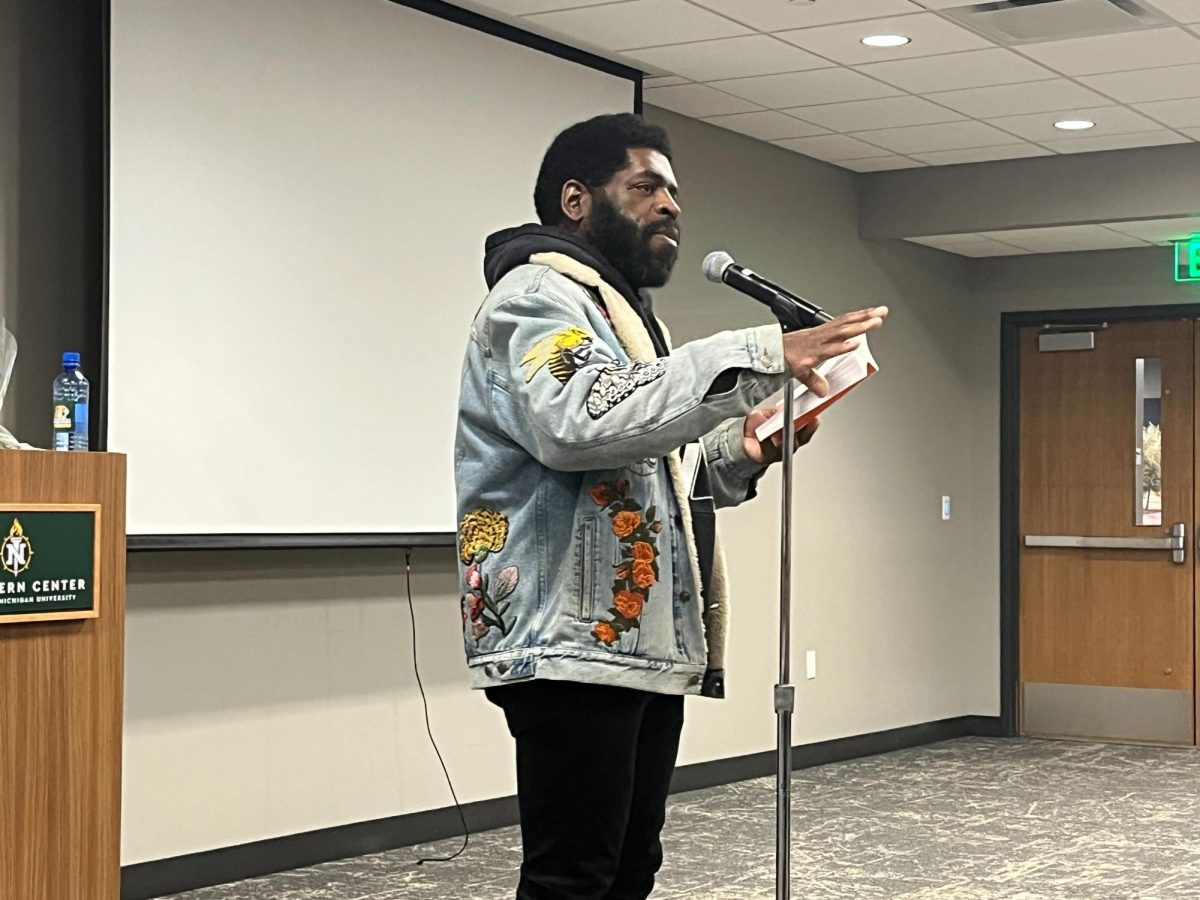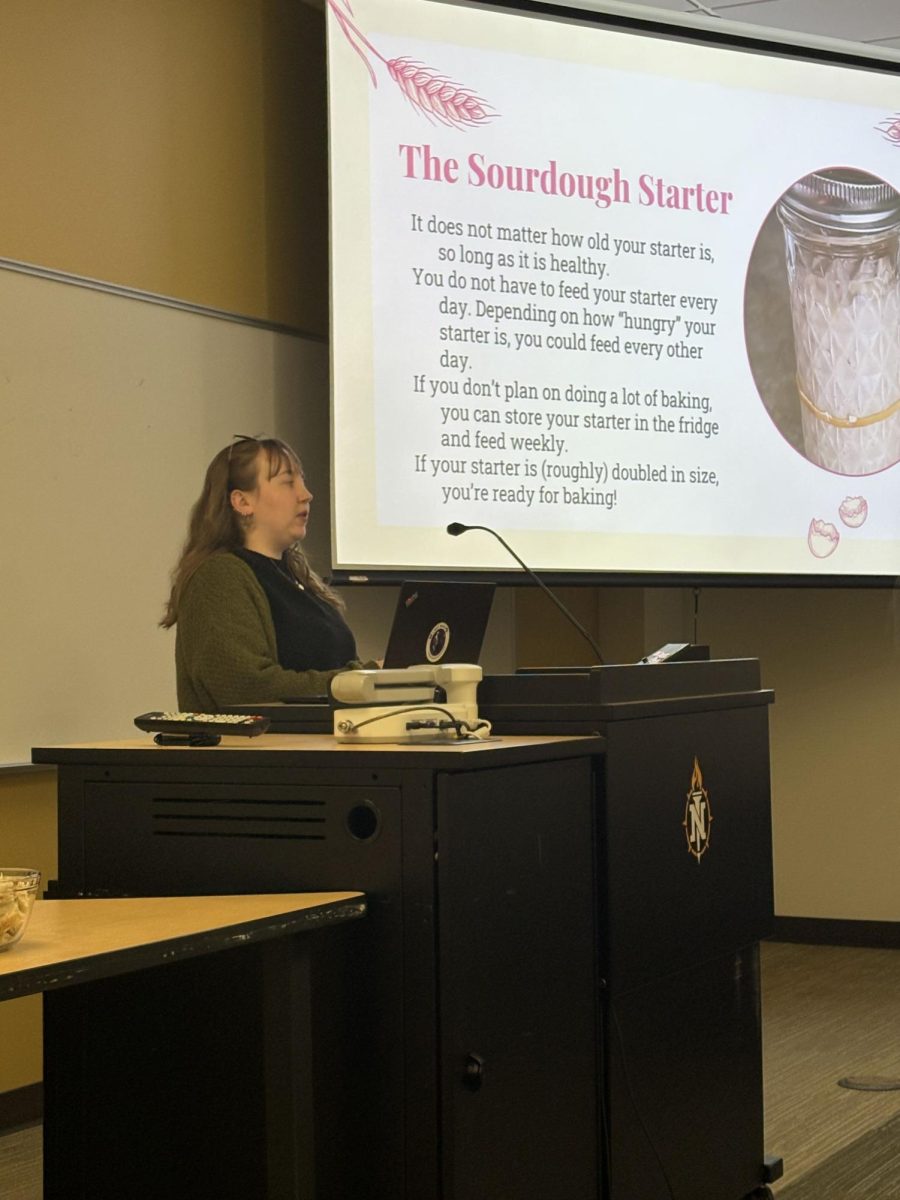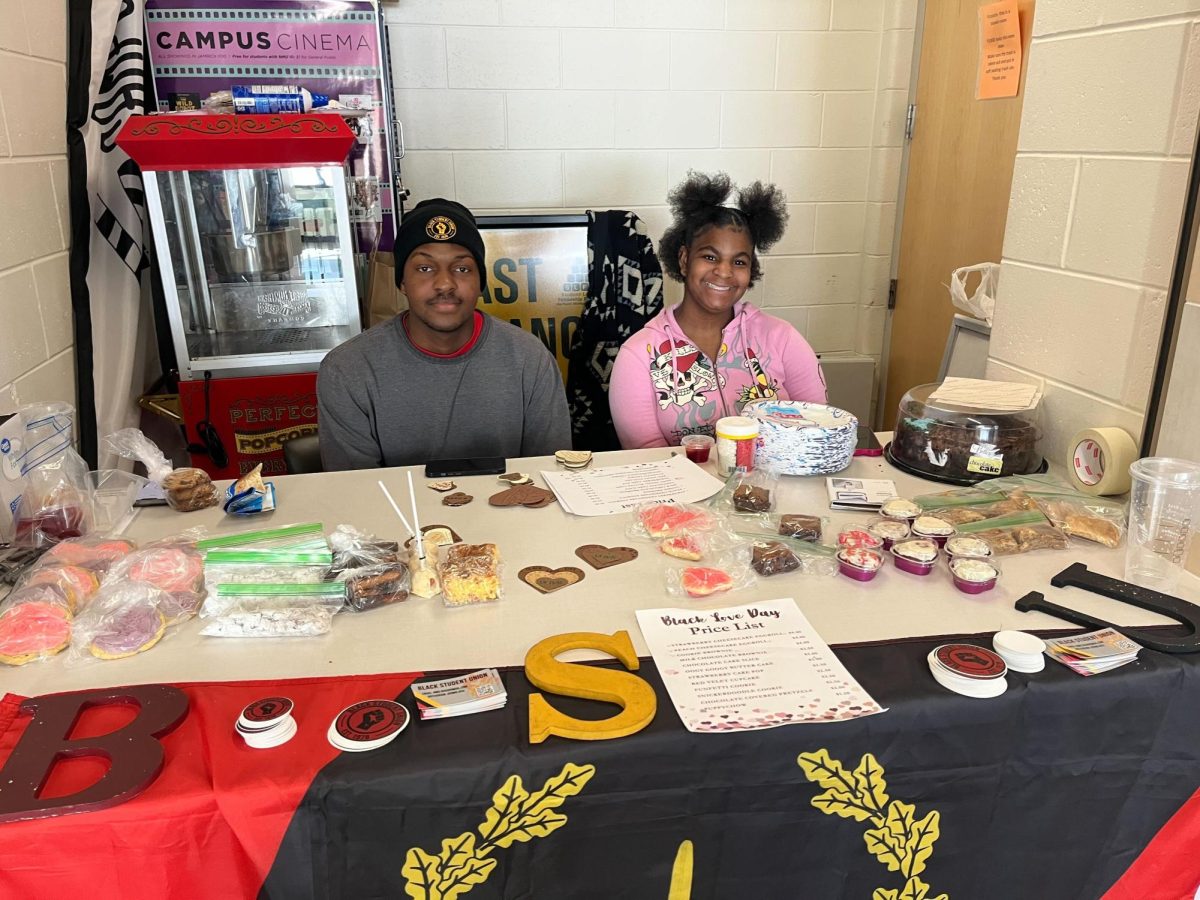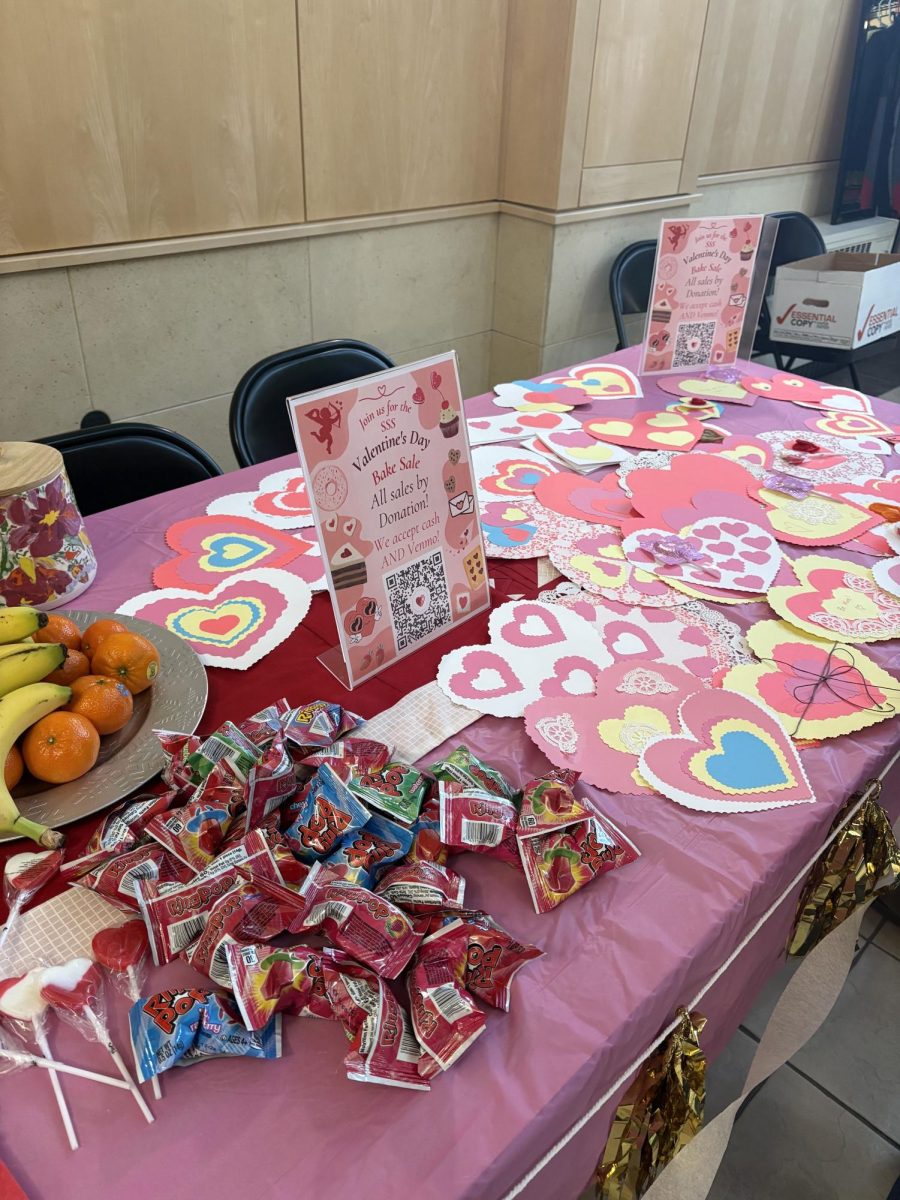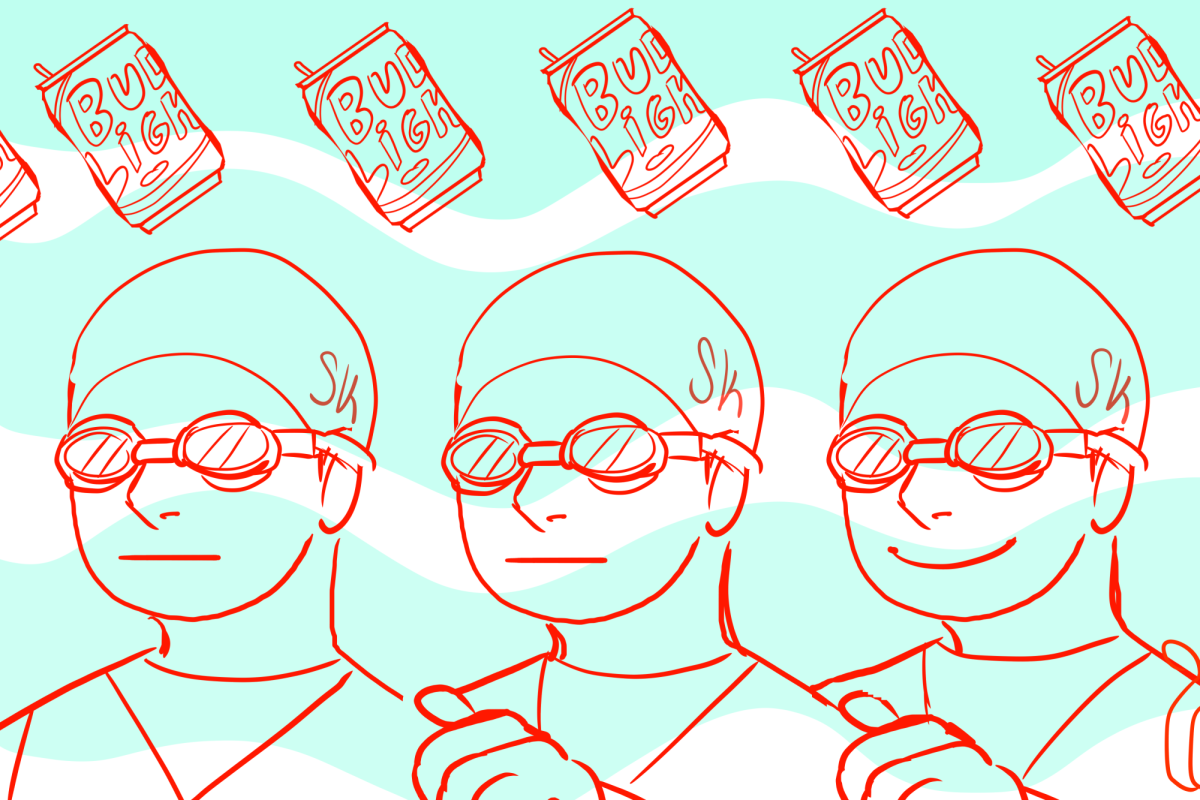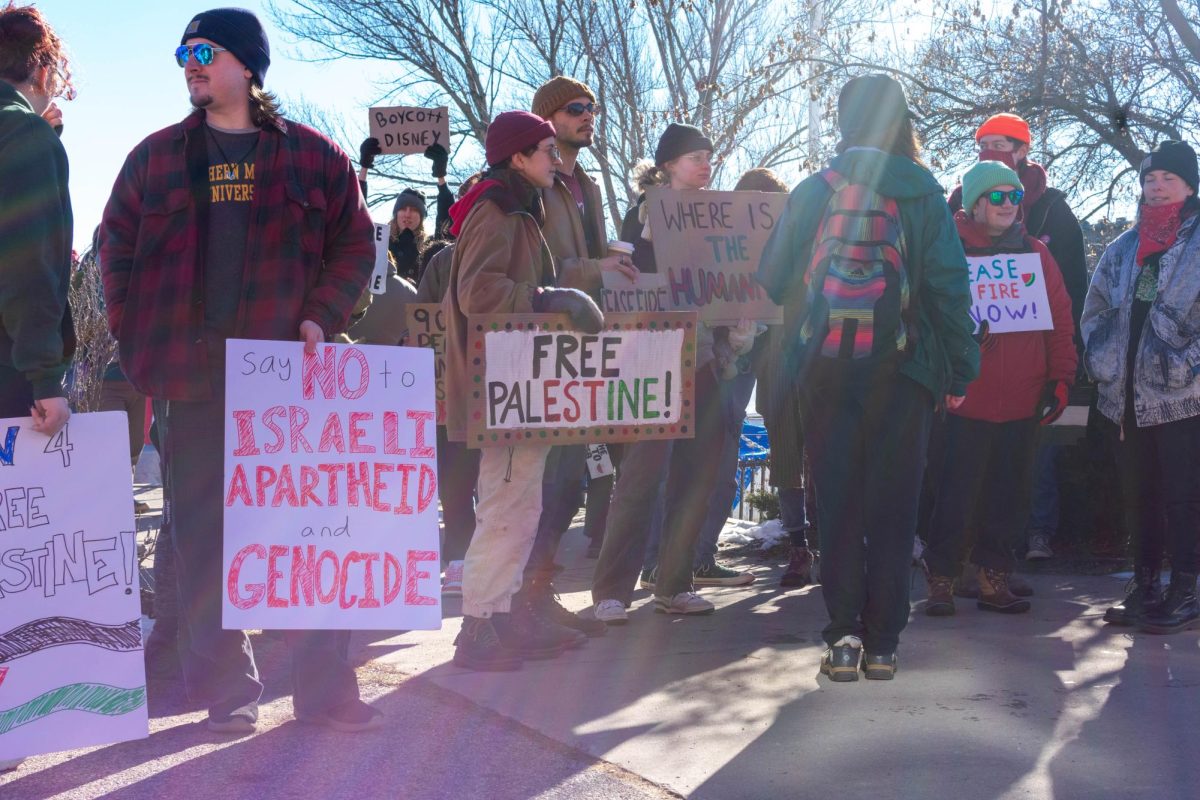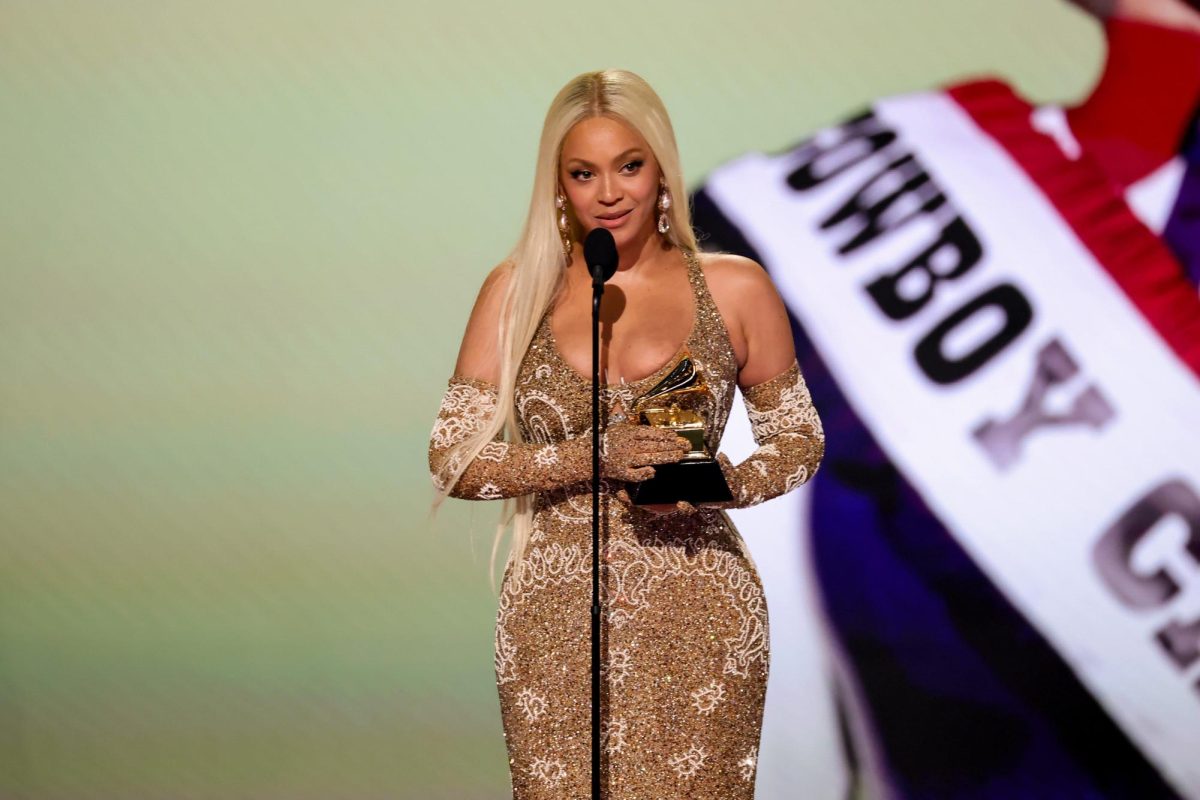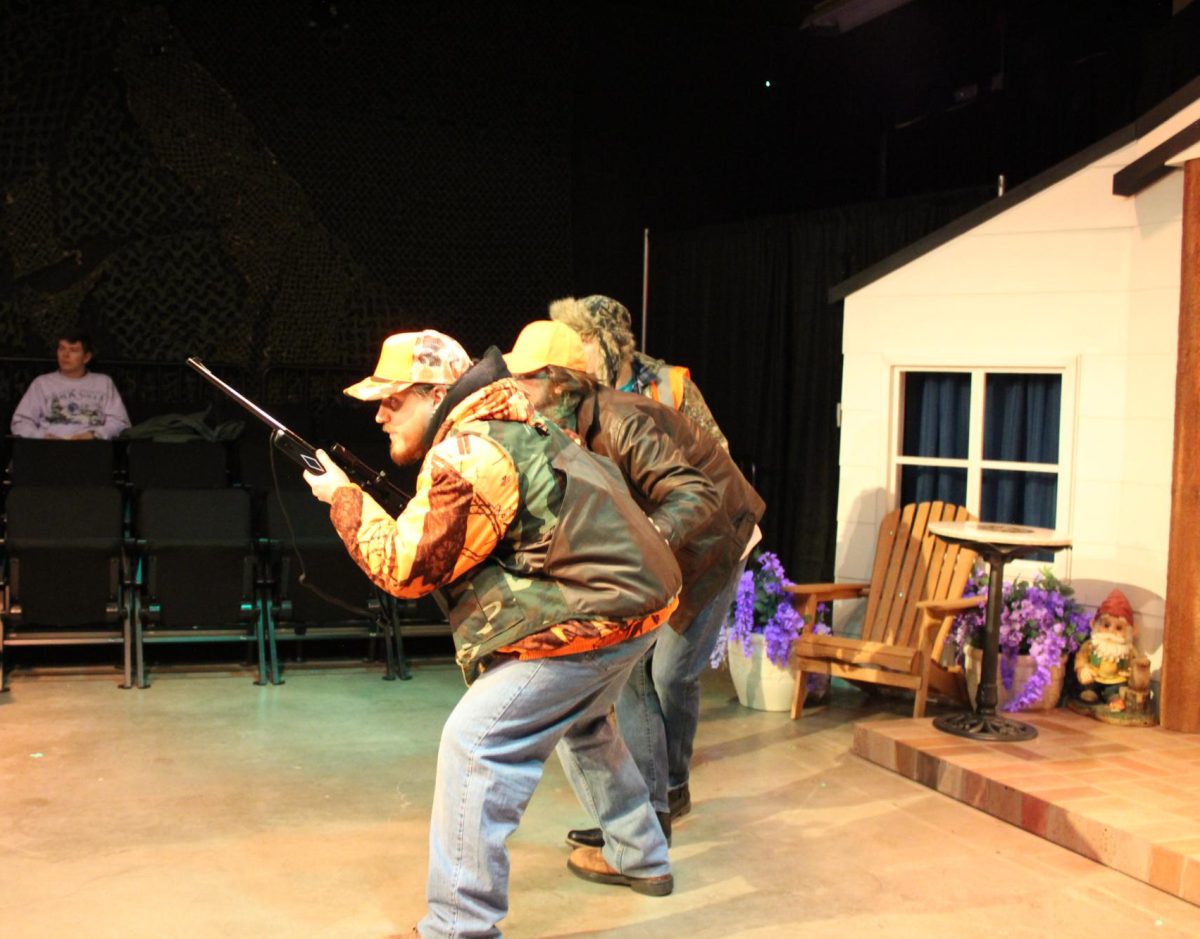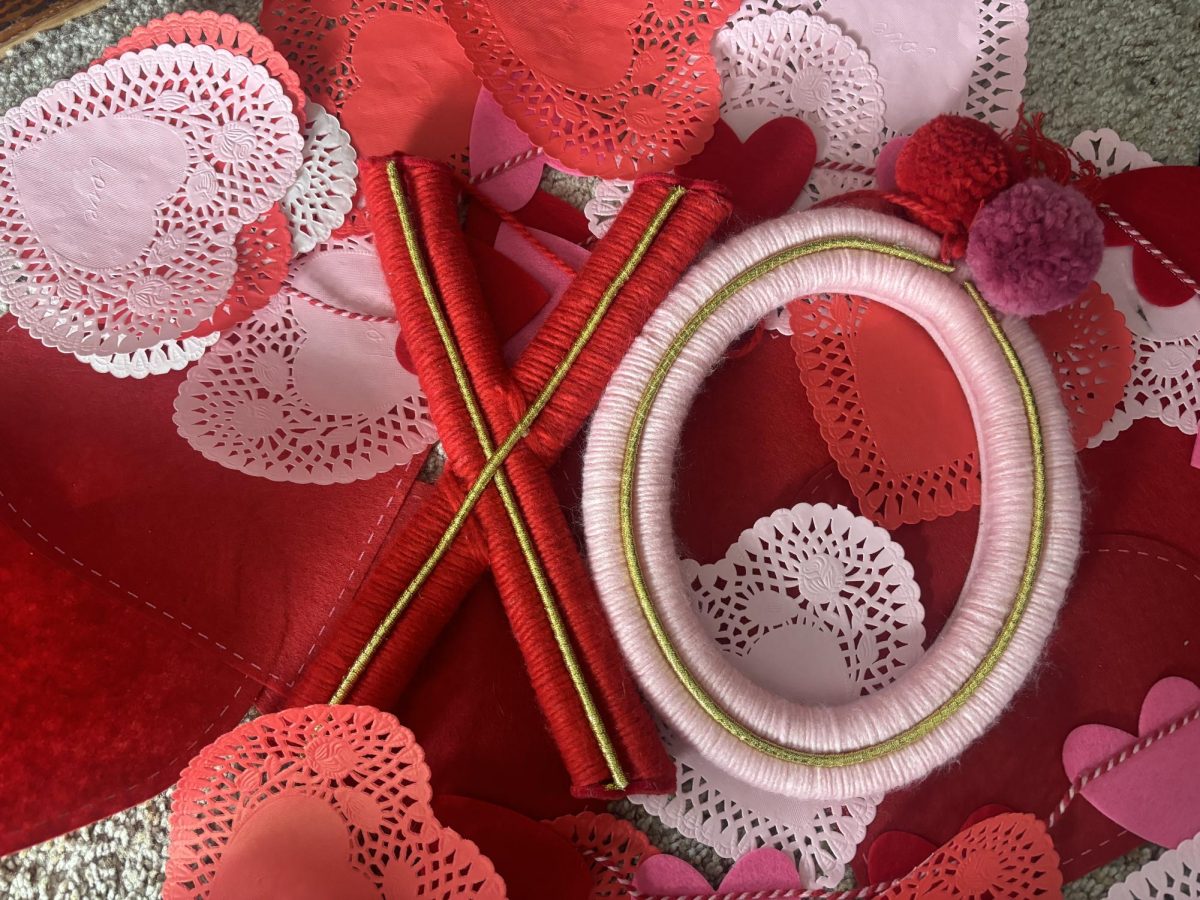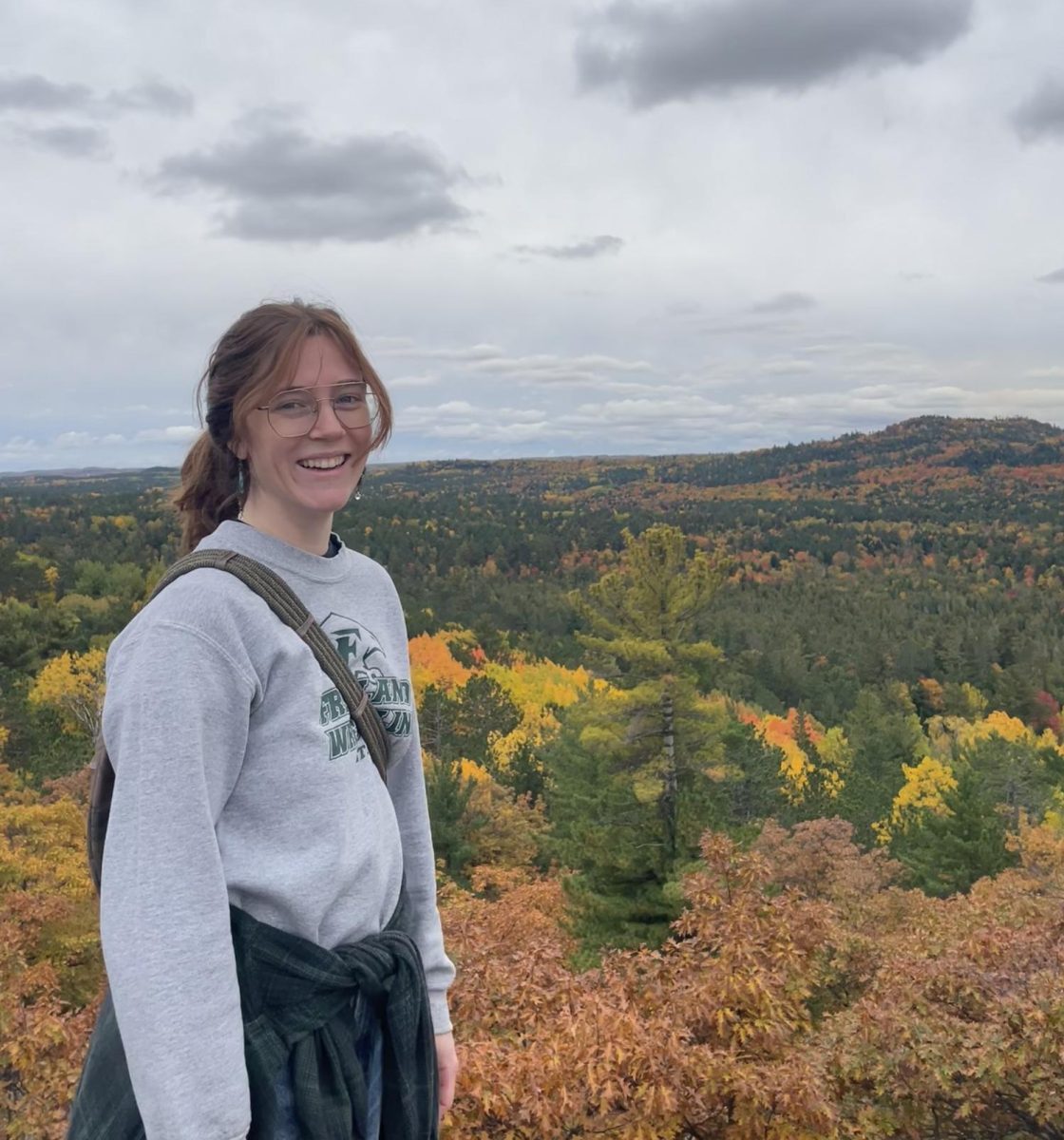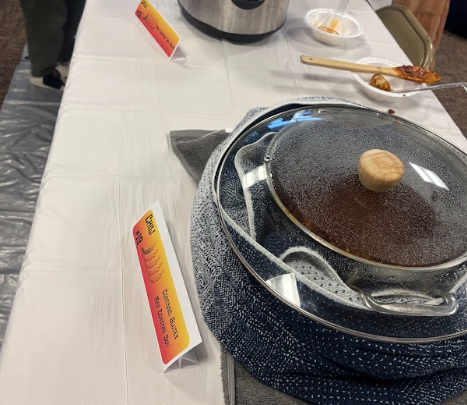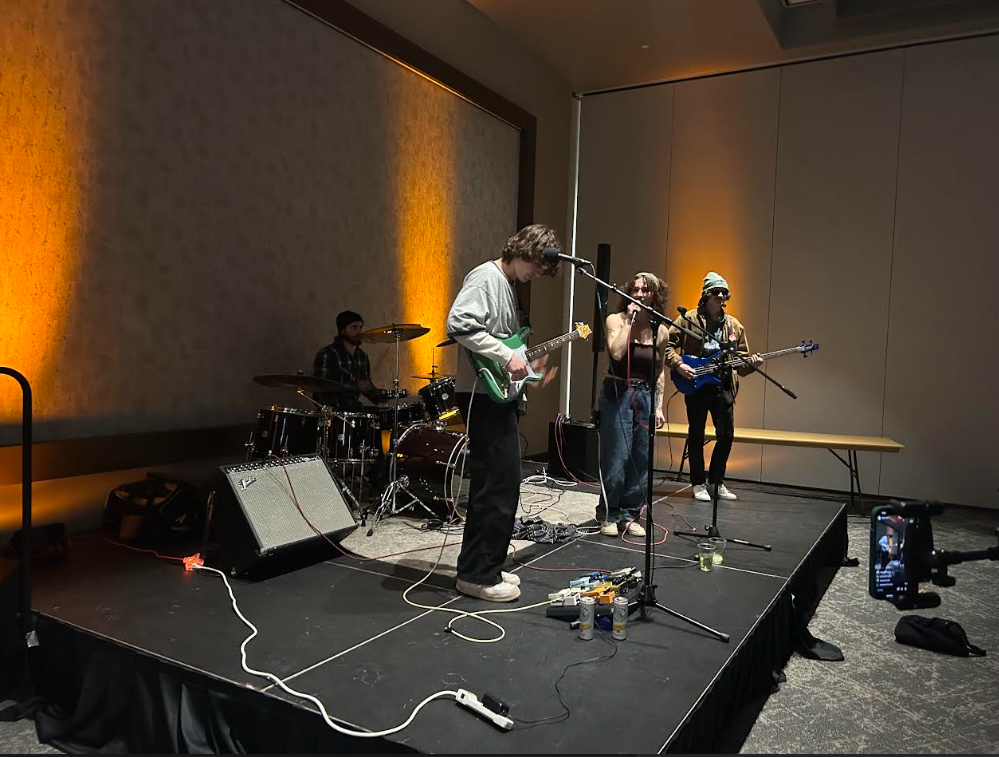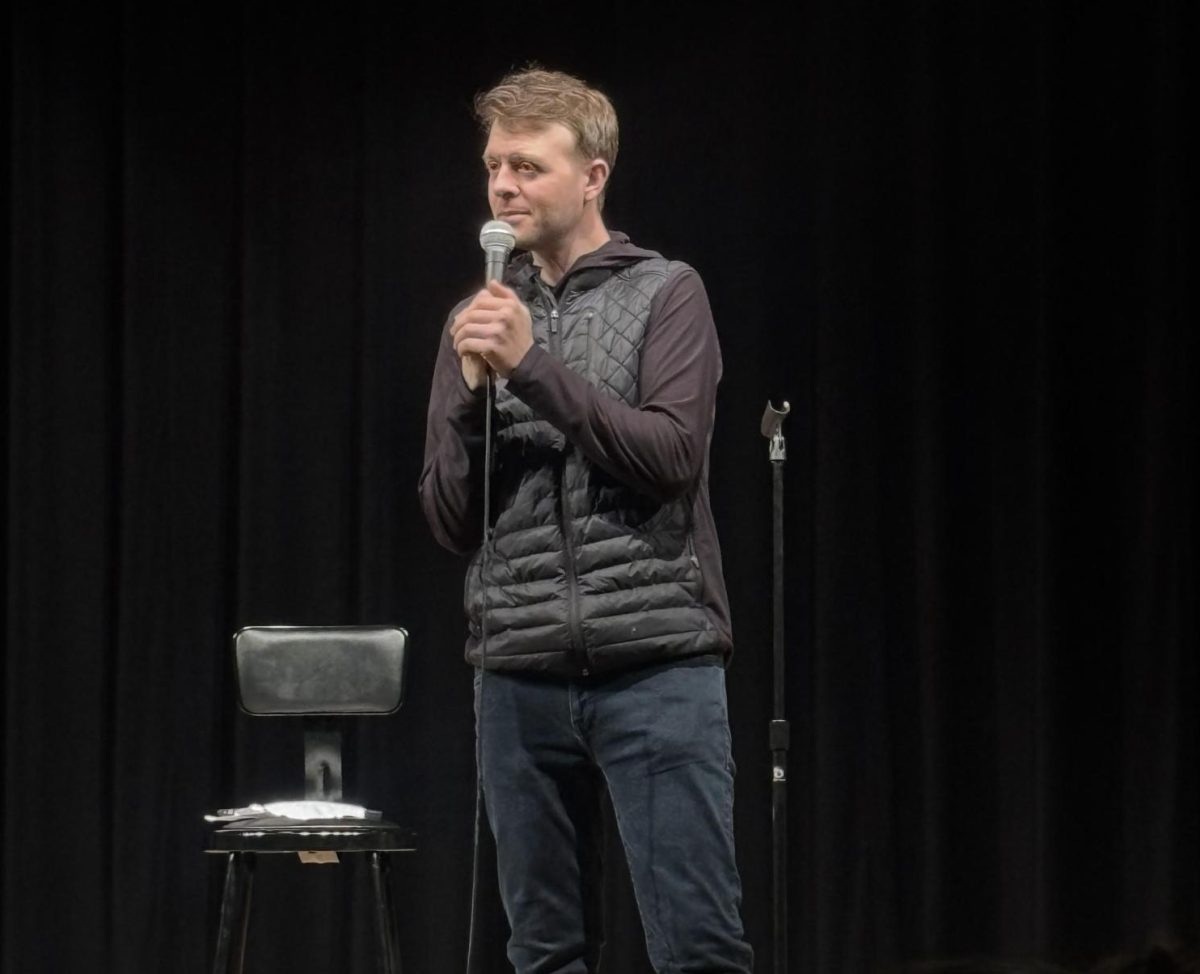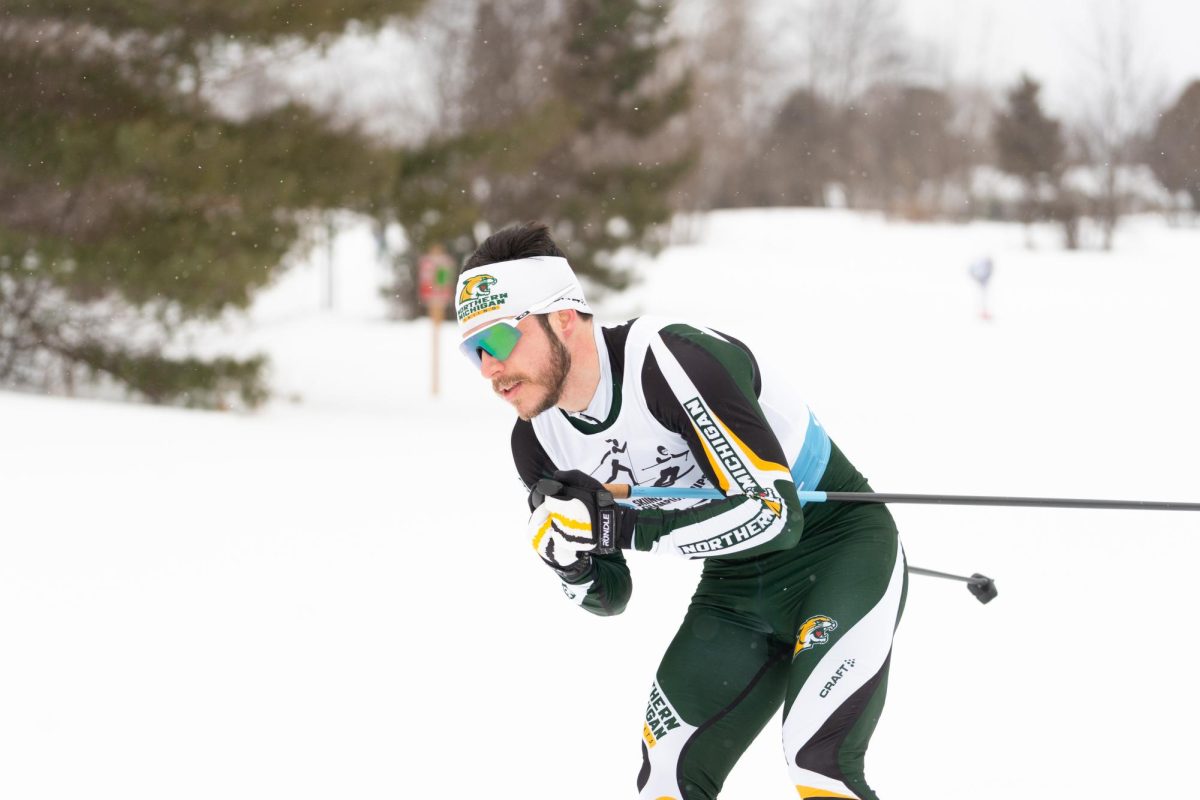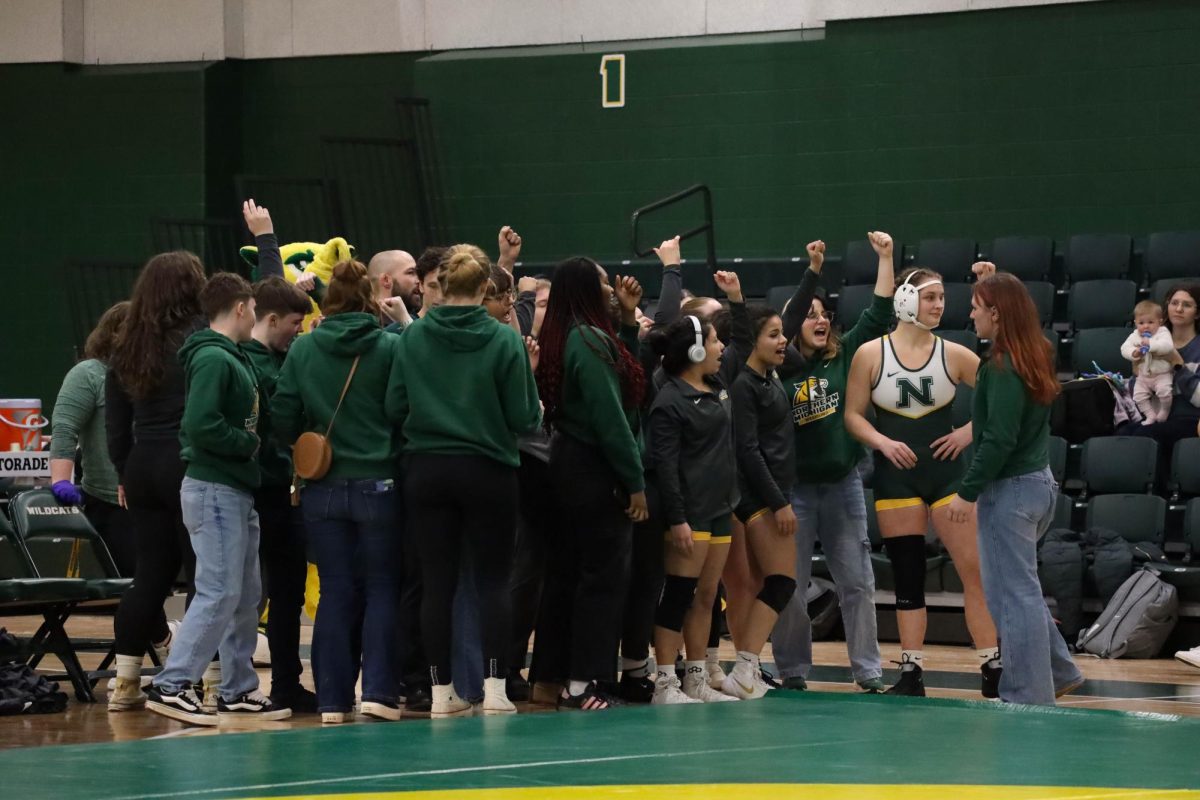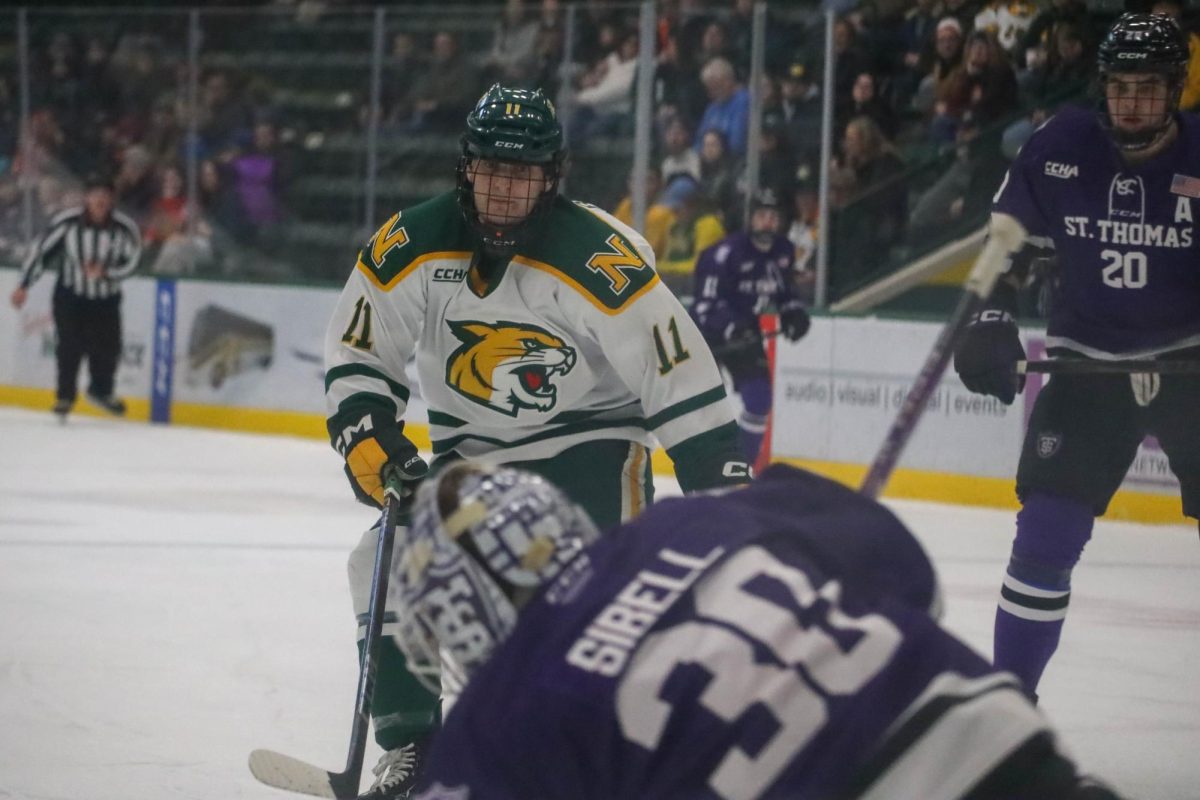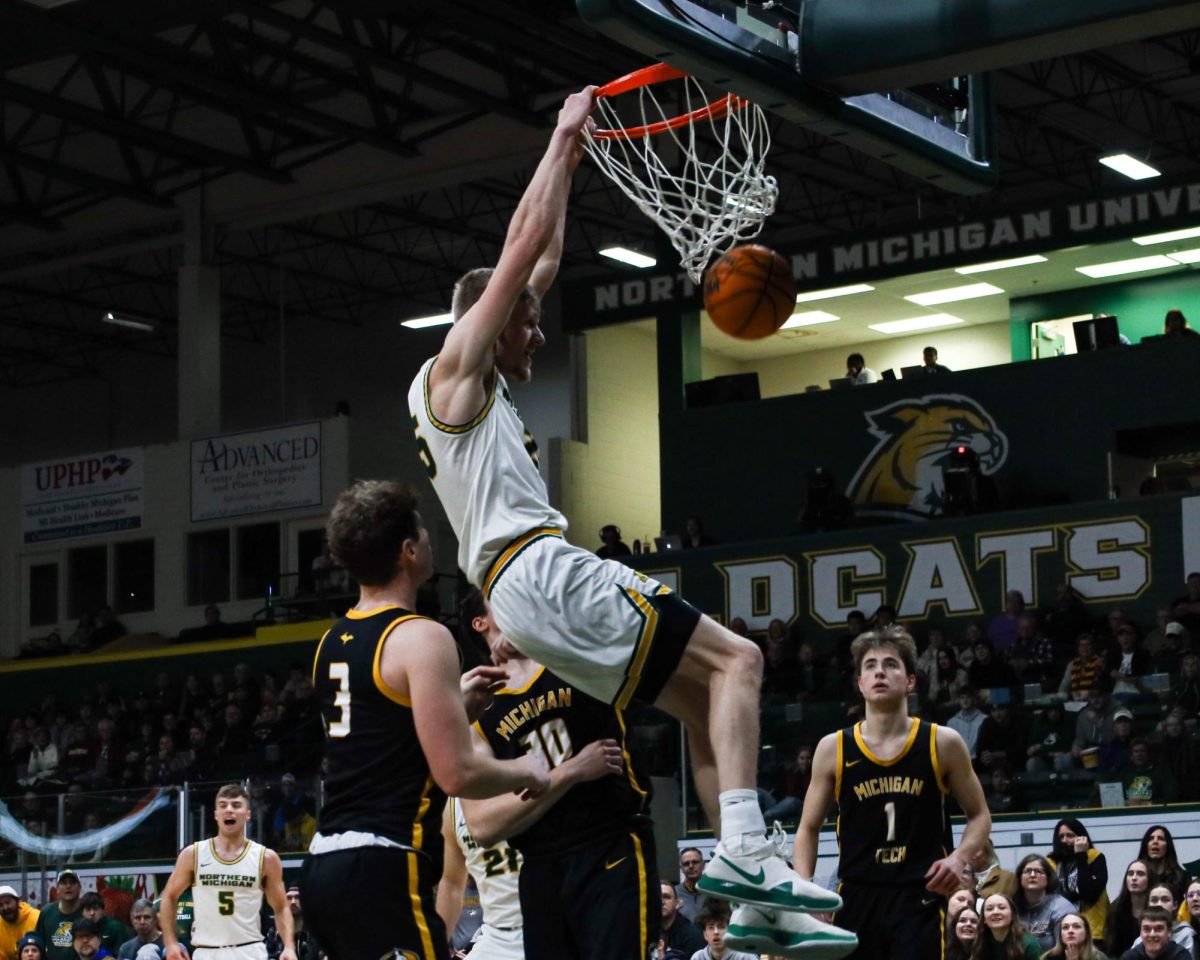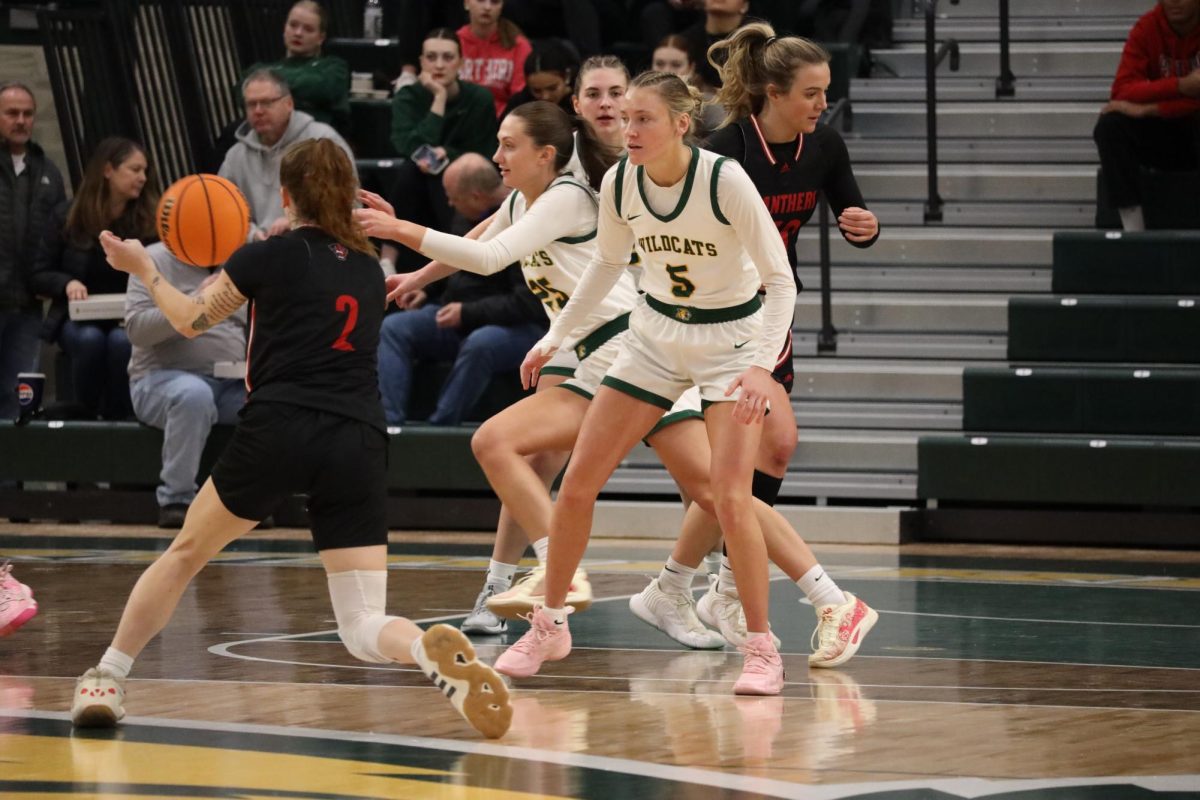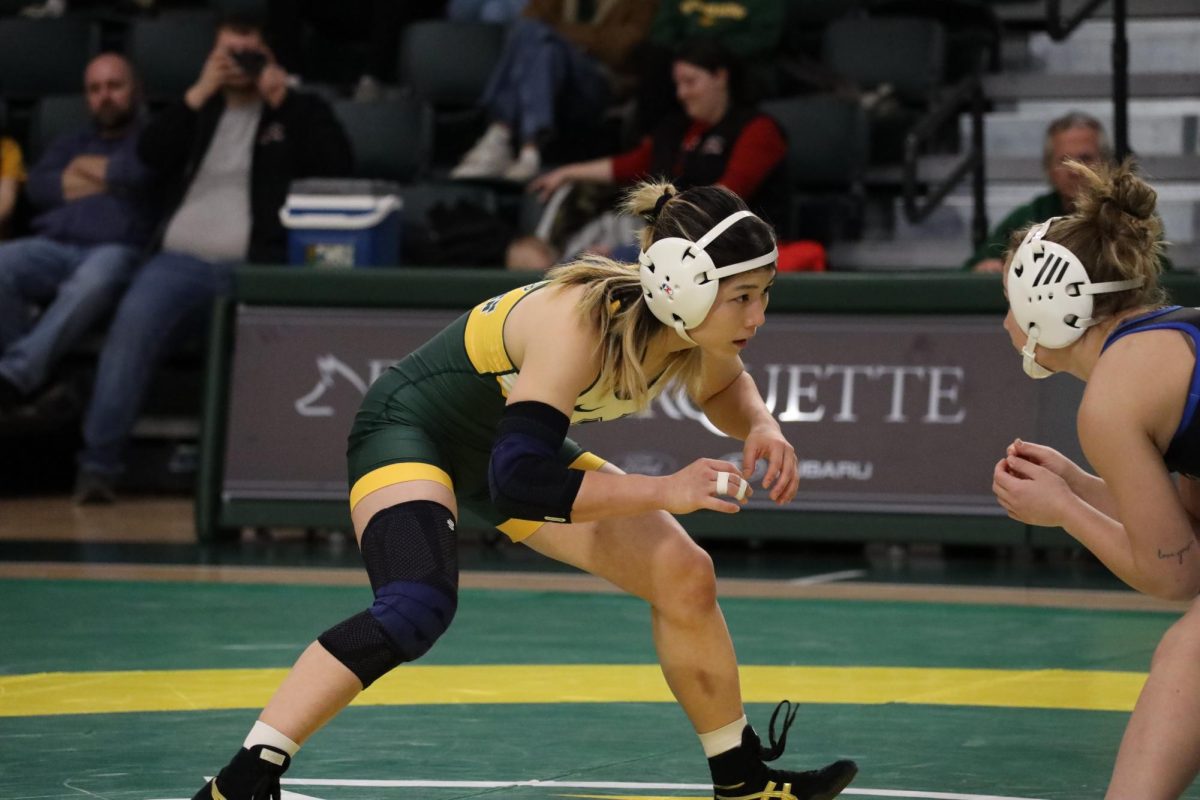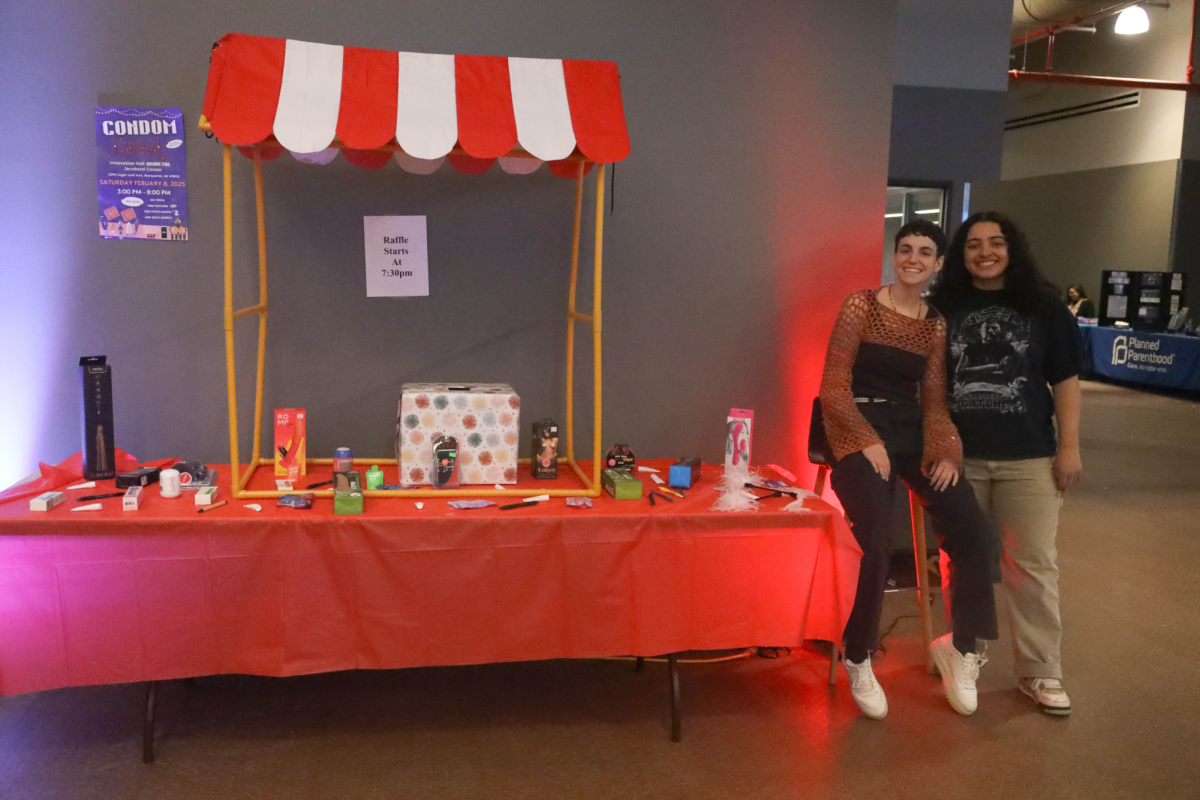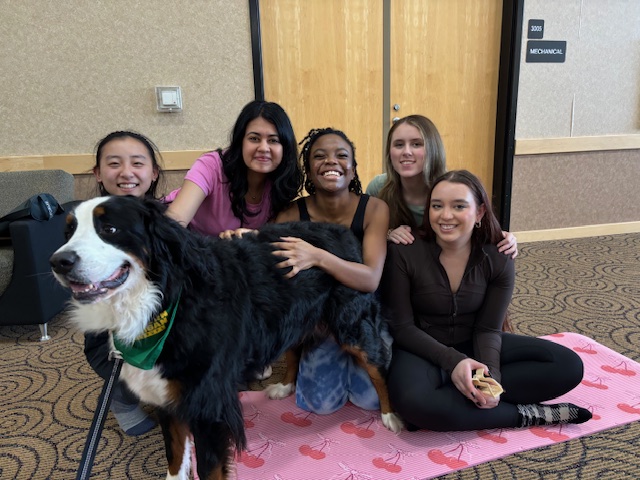Northern Michigan University has made its home right here in Marquette since 1899, and for as much history that has accumulated since its inception, it often seems neglected. So take a little time and learn about the history of the place many call home.
From the first 61 students who enrolled at Northern State Normal School to the roughly 9,000 undergraduate and graduate students currently enrolled, from the Dean of Students sit-in to the controversy that sparked the start of the faculty union, NMU is packed full of history waiting to be discovered.
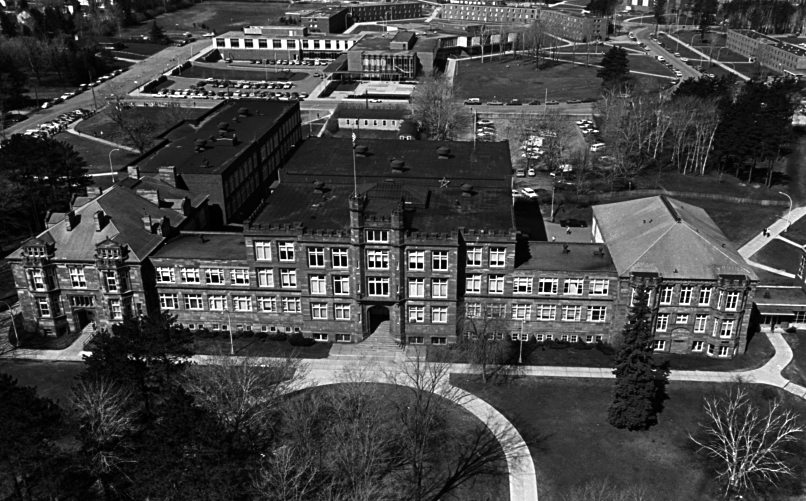
“What you got at normal school was a certificate to teach,” said history department head Dr. Russ Magnaghi.
The school was established by Michigan’s Legislature to provide a teaching preparation college for the Upper Peninsula.
“When they first opened, there weren’t any buildings. Classes were held on the third floor of the city hall,” Magnaghi said.
The enrollment quickly grew, doubling in 1900, the same year that the school had opened its first building: the South Wing.
Since its opening, extracurricular activities have been a part of Northern’s student life. In December of 1899, a literary society was formed. It was the first student organization.
“The organizations tend to reflect the time,” Magnaghi said.
Catholic Campus Ministry is currently the oldest organization on campus and it can be dated as far back as the 1920s. Students can find a complete list of organizations available to them today in the university phone book and on the Center for Student Enrichment’s Web site.
Sports followed shortly after the first student organizations. The football team was founded in 1904.
“The games were played on the fair grounds out where the tennis courts are,” Magnaghi said.
The football field moved four times over the years before finding its current home in the Superior Dome where it has stayed since 1991.
The late 1940s was when Northern really started accommodating its students.
“It wasn’t until 1949 that we got the first dormitory. There was a dormitory, and Lee Hall was built. Lee Hall was the University Center, you might say,” Magnaghi said.
The building served as the student center. There was a central kitchen, a dining hall on the east side for females, and a dining hall on the west side for males. In 1955, Spooner Hall opened its doors and became the men’s dormitory.
“Through the 1950s, hall regulations were very much intact. Sexes didn’t eat together, (and) they were not allowed in others’ dorms,” Magnaghi said.
Today’s dorm lifestyle would be virtually unrecognizable to those from the ’50s. All students had to be in bed by 11 p.m. If they were late and reported, they were not allowed to go out on the weekends.
Ethel Carey, or “the Wicked Witch of the North” as the students called her, was in charge of carrying out all of the rules and monitoring the halls.
“You had to tell her who you were bringing to a dance, and she would decide if they were worthy to go with you. If she said no, you couldn’t go with that person,” Magnaghi said. “She would also come with a ruler to ensure the ‘one foot’ rule while dancing.”
The school was a firm believer that they were to act “en loco parentes,” or act in place of the parents.
Perhaps the most important era of Northern’s existence was the 10-year presidency of Edgar Harden.
“This is when Northern became Northern,” said Marcus Robyns, University Archivist and Records Manager. “Before Harden came, the state legislature was considering closing Northern due to low enrollment. He saved Northern from closing.”
During Harden’s time, from 1956–67, the campus began to take the form of what it looks like today.
Enrollment during the Harden administration went from 800 students to 8,000 students by the end of his term. The campus saw the development of Jamrich hall, West Science and the Learning Resources Center. The first graduate program was established in 1960. In 1963, Northern officially became a University.
However, towards the end of Harden’s run of presidency, he sparked a big uproar by firing a very popular history professor.
“This firing created and achieved unionization of faculty and staff due to the controversy,” Robyns said. “In the 1960s, Northern’s campus was a much more ethnically diverse campus and this caused some unrest amongst both the white and black students.”
A group of black students led by David Williams II conducted a sit-in and held the dean of students captive for a period of time. The university originally pressed charges on the students, but they were later dropped.
Williams went on to graduate from NMU with a Master’s degree.
“He left bitterly,” Robyns said, “leaving with a letter titled ‘The Anatomy of a Racist College,’” and vowed never to return to Northern.
For the centennial celebration in 1999, Robyns suggested bringing Williams back to speak at the celebration, and he accepted.
“I’ll never forget this,” Robyns said. “He got up for his speech, and just stared at us. And then he said to us, ‘Do you people remember me? Do you remember what I did here?’”
One of the most meaningful objects on campus has been around since 1907. It has been relocated to be more near the center of campus just in time for the centennial celebration: it is the heart of Northern. The original elevation from 1907 was located on the corner of Kaye and Presque Isle, and continues to be a long-lasting landmark.
“The idea is that it’s the heart of knowledge,” Magnaghi said. “It’s why you go to Northern.”
For more information on Northern’s history, contact Marcus Robyns at mrobyns@nmu.edu or by calling 906-227-1046.

